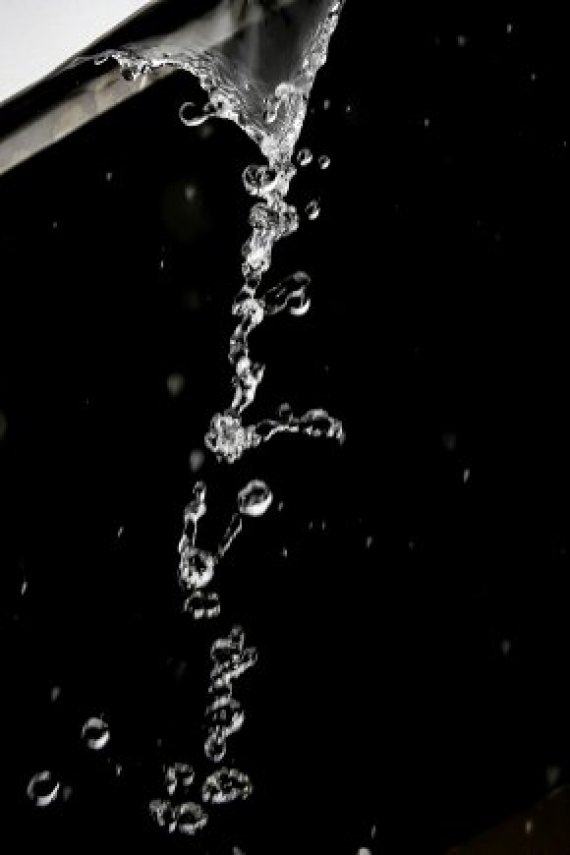Text: Nicole van ‘t Wout Hofland
At the microscopic scale, they break apart in a similar way to a water jet losing its cohesion. These findings come from PhD candidate Jan Maarten van Doorn of the Physical Chemistry and Soft Matter chair group.
Strength and stiffness are important properties of materials. The material’s strength determines how easily it breaks while the stiffness is an indicator of the material’s hardness or softness. ‘Microstructures determine the degree of stiffness,’ says Van Doorn. In many solid materials, the atoms are tightly packed in a stable lattice. The particles in soft materials are often organized differently, for example into long strings.
Hard materials start to crack before they break. Van Doorn studied whether similar weakening occurs in extremely soft materials such as yoghurt. To investigate this, he performed computer simulations of molecular strings. He exerted force on the string by pulling at both ends. The simulation showed that the strands in soft materials stretch and change shape slowly before breaking. These changes do not occur evenly: they are concentrated in specific places, leading to thicker and thinner parts. ‘Soft materials break up in a similar way to a water jet “breaking up”,’ says Van Doorn. ‘You get wider and narrower parts in the water jet too, with droplets eventually breaking off.’
These results will let us better assess the lifespan of soft materials, says Van Doorn. But the new insights could be of use in other specialist fields as well, such as food technology. Syneresis, the phenomenon whereby a watery liquid oozes out of yoghurt or some other gel, is also due to weakening, for example.
These results will let us better assess the lifespan of soft materials

 Photo: Shutterstock
Photo: Shutterstock